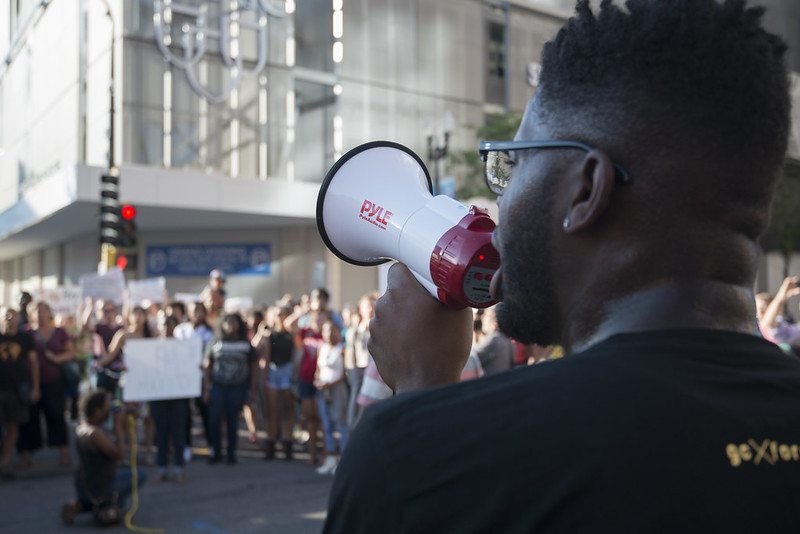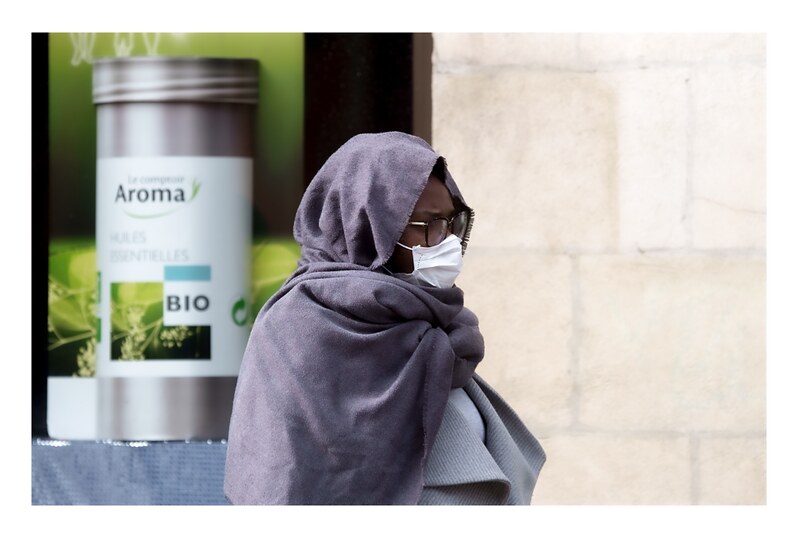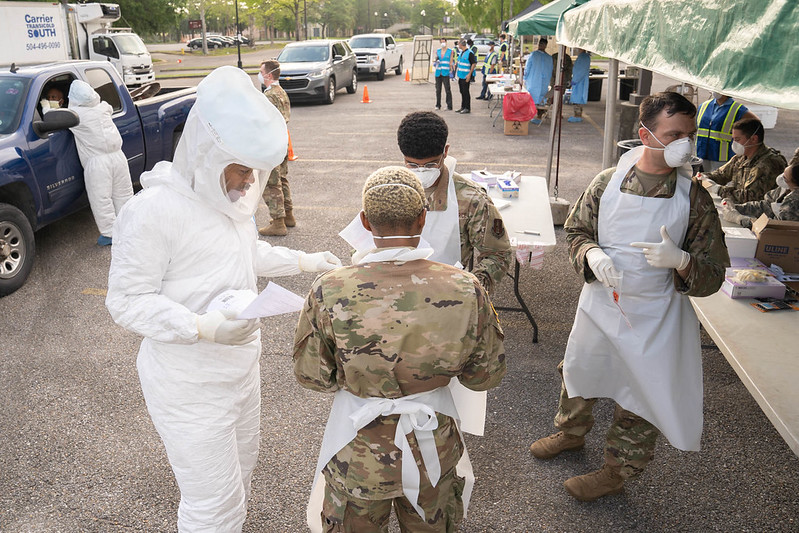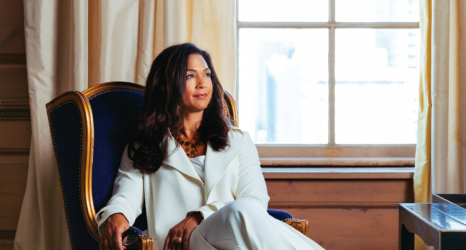
Structural racism in America means that the victims of the coronavirus outbreak will predominantly be Black.
But despite warnings from health care professionals of the disproportionate risk to Black and brown communities, many states and localities “aren’t releasing or [even] collecting the data to help fight back.”
The crisis here for the Black community is not only about diagnosing COVID-19—but also about treating it.
“This lack of information will exacerbate existing health disparities and result in the loss of lives in vulnerable communities. It will also hamper the efforts of public health officials to track and contain the novel coronavirus in the areas that are at the highest risk of continued spread,” noted five Democratic Congress members, including Sen. Elizabeth Warren and Rep. Ayanna Pressley.
It is not merely an accident or coincidence that Black people appear to be more likely to contract or succumb to COVID-19; it is the result of policy choices—often intentional—that have led to widespread racial inequality and poorer health and economic outcomes for Black people, even outside of the coronavirus pandemic.
If policymakers, in their attempts to stem the virus, fail to center Black people—in a way that acknowledges the historical policies and root causes that shape their life outcomes—structural inequality will exacerbate this crisis for Black and brown folks, making it more prolonged and painful.

Though the data available are limited, what’s emerged so far has been grim.
Less than 30 percent of people in Chicago, Illinois, are Black—yet 70 percent of the lives lost to COVID-19 thus far are Black lives.
In the entire state of Louisiana—with a Black population at 32 percent—Black people also make up 70 percent of COVID-19-related deaths.
One look at New York City, the epicenter of this global crisis in the U.S., shows that suffering is not equal as Black and brown communities are being the hardest hit. Though Governor Andrew Cuomo has committed to additional testing in these areas, he also says he will launch a study to explore “why the disparities exist.”
But we already know why. And we have for a long time.
Perhaps the most potent factors for the disproportionate outcomes among Black people are structural discrimination and economic inequality that pervade the labor market and health care system.
Black workers are much less likely than white workers to be able to work from home during this crisis, and they are less likely to work in jobs that offer health coverage.
Black workers are also disproportionately represented in the jobs that are deemed most essential in this moment—such as home health aides, bus drivers and phlebotomists. Yet these jobs are often undervalued, pay low wages and are lacking in even the most basic protections.
During a recent Amazon strike, a Black woman asked, “How can we be essential workers when our lives are not essential?”
Existing Health Disparities
Black communities specifically face the highest risk of coronavirus-related deaths because the health of Black people has always been neglected.
Even as news of the higher death rate among Black people began to emerge last week, some health experts suggested that it was merely a result of the preexisting conditions that Black people are more likely to have.
Let’s run through a few disheartening statistics:
- Black people are 20 percent more likely to have asthma;
- 40 percent more likely to have high blood pressure;
- 10 percent more likely to have sickle cell;
- and Black women are three times more likely to have lupus—and are facing shortages of critical medication including hydroxychloroquine (a lupus drug), because Trump has asserted, with little evidence, that it can treat COVID-19.
However, the problem is not just that Black people are more likely to have health conditions that make COVID-19 more deadly; it’s that those preexisting conditions are brought on by structural problems like housing discrimination, environmental racism and employment discrimination that force Black people into low-wage work.
It is not the behavioral choices of Black people; it’s policy choices that made it this way.
What’s most troubling is that even when Black people—especially Black women—are able to receive care, they are often dismissed by medical professionals. Black people are more likely to have their symptoms ignored and will be discharged without receiving care.
Many people don’t even exhibit coronavirus symptoms—but being doubted and released by a hospital or emergency care facility during a pandemic because of the color of your skin is beyond negligent and will worsen the public health crisis.
The Emergency Response—and Policy in General—Must Center the Black Community
Racism is what’s caused this public health crisis among Black people, and so-called “race-neutral” policy will not be sufficient to pull them out.
The decisions we make now cannot ignore the reality of who our health care system—and economy—is working for and who it is working against. Decisions in the immediate term must build toward a long-term recovery and create structural change for Black and brown communities who are at the frontlines of this crisis and the resulting economic fallout.
In the short term, this means marshalling all available resources to address the acute public health and economic crises that Black families and communities are facing. That means significantly ramping up testing and treatment and providing income and work supports that don’t exclude workers who are more likely to be Black.
In the longer term, it means addressing the structural racism within our economy that keeps Black people sicker, poorer and thus less likely to survive a crisis of any kind.
A key component of this requires taming runaway corporate power and rectifying the misuse of government (public) power.

It’s often said that when white America gets a cold, Black America gets the flu.
But that is not simply natural law; it is the direct result of policy choices that allow such an injustice to persist.
As policymakers work to address this crisis, their response must reflect the structural inequities that pervade Black communities—and disproportionately harm Black women—each day, and they must take immediate steps to stem this ongoing harm and prevent another crisis in the long term.
The coronavirus pandemic and the response by federal, state and local authorities is fast-moving.
During this time, Ms. is keeping a focus on aspects of the crisis—especially as it impacts women and their families—often not reported by mainstream media.
If you found this article helpful, please consider supporting our independent reporting and truth-telling for as little as $5 per month.





